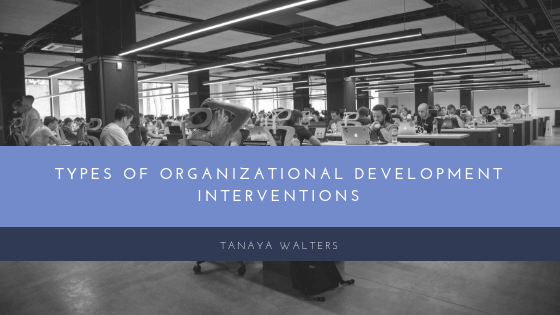Organizational development is necessary to keep any business healthy and working in full effectiveness. For an organizational development consultant, there are a few different methods they can use to transform organizations. These methods are called interventions, and their use varies depending on what needs explicitly changed within an organization. Here are four commonly used methods and how they help improve a business.
Diagnostic activity
A diagnostic activity involves collecting all relevant information about the organization, which can be done through operations records, meeting with subordinates and interviews with workers. All of this gathered information helps to determine what the current health of the organization is. After all of the information is analyzed, the findings are reported back to employees. Actions plans are developed to help improve the organization, based on the member feedback. Because the member feedback measures job satisfaction, it allows supervisors to understand better and improve their relationships with employees.
Team building
Team building activities are another form of organizational development interventions. These are designed to enhance the effectiveness of individuals in a group, which in turn improves the efficiency of the entire group. By recognizing problems early on, solutions can be found before too much damage is done. Whether the group conflict stems from personality clashes or issues related to the task at hand, issues can be resolved by re-examining the work processes and changing how things are done.
Process consultation
During a process consultation, an outside organizational development consultant helps management to understand better how the business operates. The consultant will go into the business and observe different aspects of the company, like decision making, leadership styles, conflict resolution and communication patterns. It’s easier for an outsider of the organization to make these evaluations than it would be for a member. The consultant is then able to make recommendations for change based on their observations.
Intergroup relationships
When working in groups, there can be problems with the members of the group. However, there can also be issues between two or more groups in the workplace, such as unhealthy competition, confused lines of authority and overlapping responsibilities. A consultant needs to work to synchronize and coordinate these groups to realign them to achieve the company’s goals.
